For the Love of a Lizard
Some interesting lizards in the world
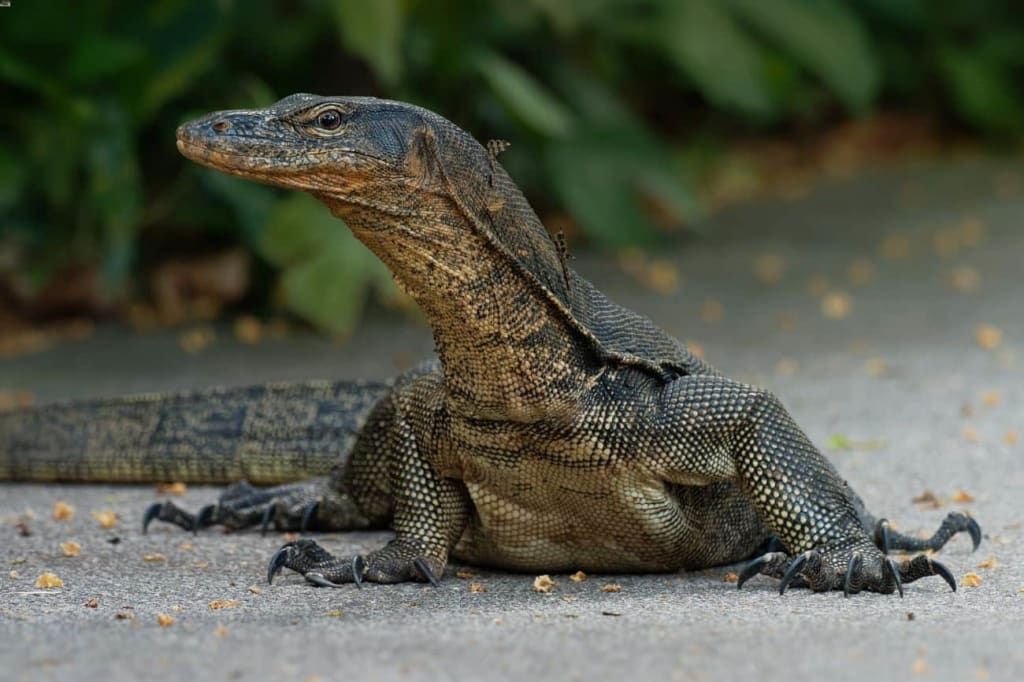
Asian Water Monitors are large varanid lizards. They're native to South and Southeast Asia. These are among the most common monitor lizards in Asia. Asian Water Monitors are semiaquatic and are great swimmers. They have powerful legs and claws to climb trees to escape predators. They're carnivores and their diet consists of fish, frogs, rodents, birds, crabs, and snakes.
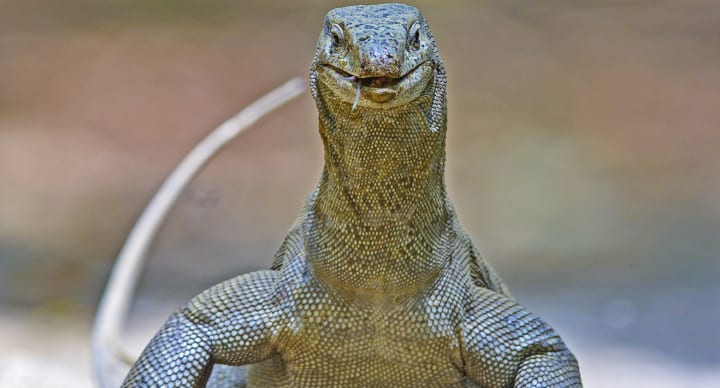
Bengal Monitors are large terrestrial monitor lizards. These lizards range from Iran to Java and can be found in river valleys in eastern Iran, Afghanistan, India, Nepal, Sri Lanka, Pakistan, Bangladesh, and Burma. They make their homes in both dry and semiarid desert habitats as well as floodplains, scrubland, and moist forest. They live on the ground and dig burrows but are good tree climbers. They're carnivores and have a diet that consists of beetles, grubs, scorpions, snails, ants, and other invertebrates. Being scavengers they'll also feed on carrion.
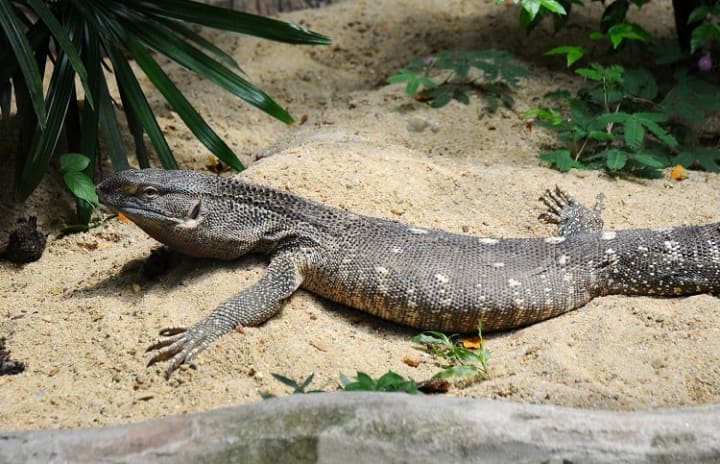
Black-Throated Monitors are a subspecies of monitor lizards that are native to the African country of Tanzania. They're the second-longest lizard species in Africa. These lizards are great climbers and live in trees for most of their juvenile life. They're carnivores and live on rodents, other reptiles, birds, and insects. They also eat carrion.
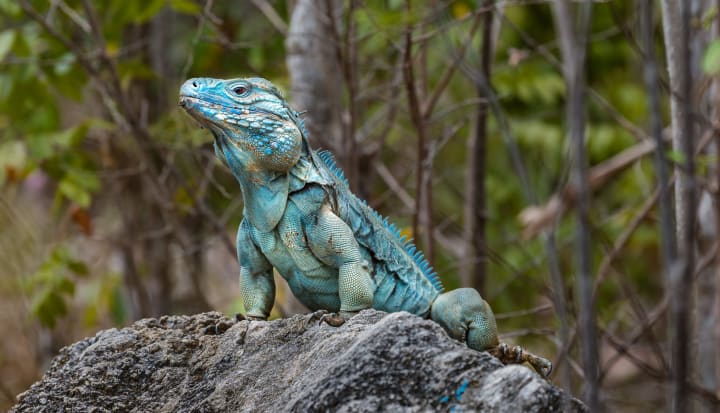
Blue Iguanas are an endangered species of lizards endemic to the island of Grand Cayman. They prefer to make their home in rocky, sunlit, open areas in dry forests or near the shore. These lizards are herbivores and their diet consists of plants, fruit, and flowers.
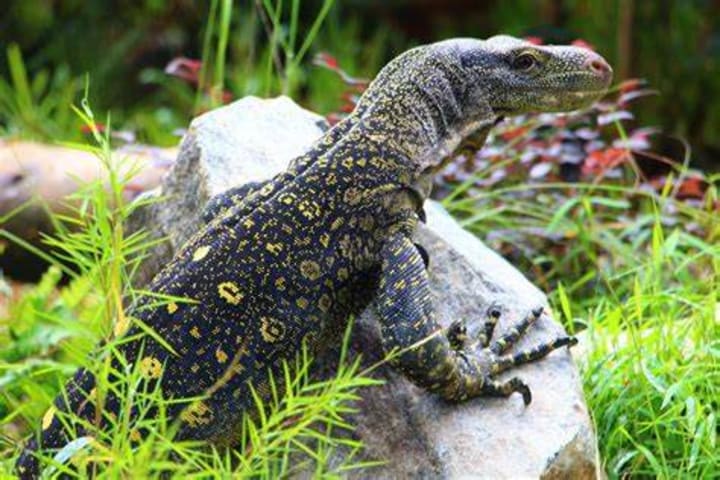
Crocodile Monitors are a species of monitor lizards endemic to New Guinea. They are the largest monitor lizards known in the country and among the longest lizards in the world. These lizards make their homes in mangrove swamps and coastal rainforests in the southeastern part of the island. Their diet includes birds, small mammals, eggs, and carrion.
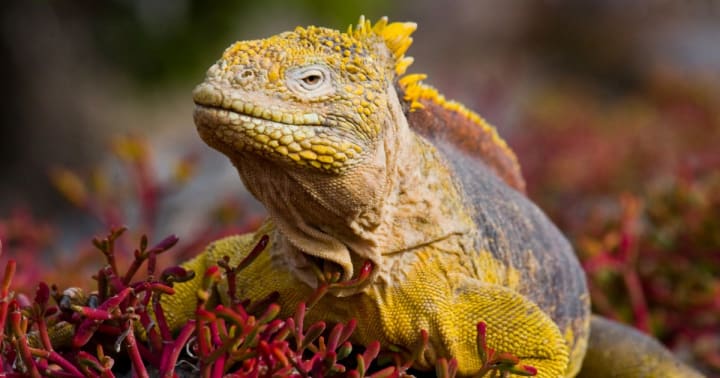
Galapagos Land Iguanas are a very large species of lizard. They're endemic to the Galapagos Islands. These lizards are active during the day and sleep in burrows at night. They're herbivorous and dine on insects, centipedes, and carrion. They get their moisture from prickly-pear cactuses.
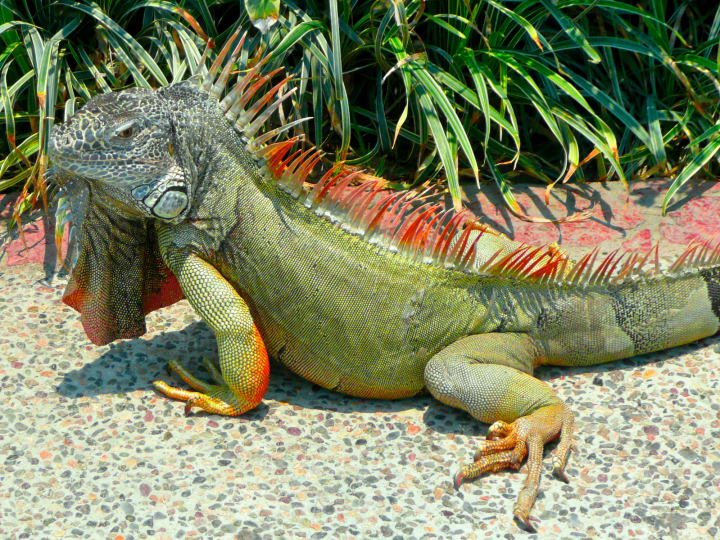
Green Iguanas are a large, arboreal, mostly herbivorous species of lizard. They're native to southern Brazil and Paraguay and as far north as Mexico. These lizards have colonized the island of Anguilla and even Guadeloupe. They're both great climbers and swimmers. The lizards prefer living near water. They're herbivorous and feed on leaves, mustard greens, dandelion greens, flowers, fruit, and growing shoots from plants. Adult iguanas will also eat bird eggs, grasshoppers, and tree snails.
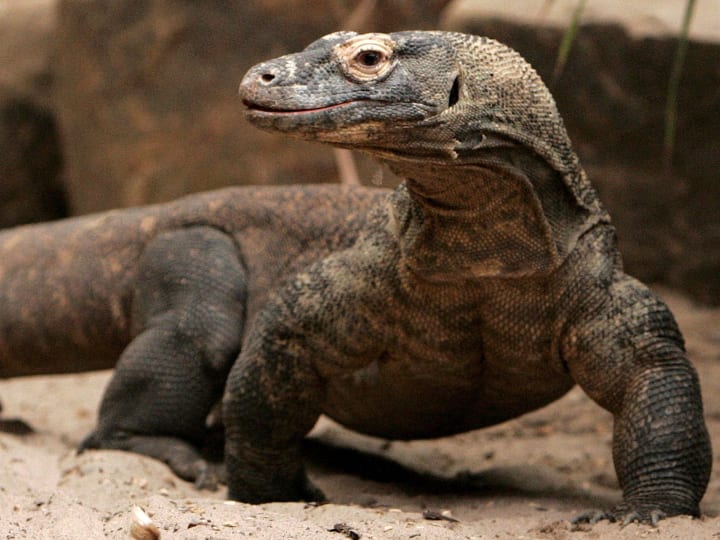
Komodo Dragons are monitor lizards of the family Varanidae. They make their homes on Komodo Island and some neighboring islands of the Lesser Sunda Islands of Indonesia. They've become an ecotourist attraction helping with their protection because they're an endangered species. Their diet consists mostly of carrion but they are also known to attack pigs, deer, and cattle.
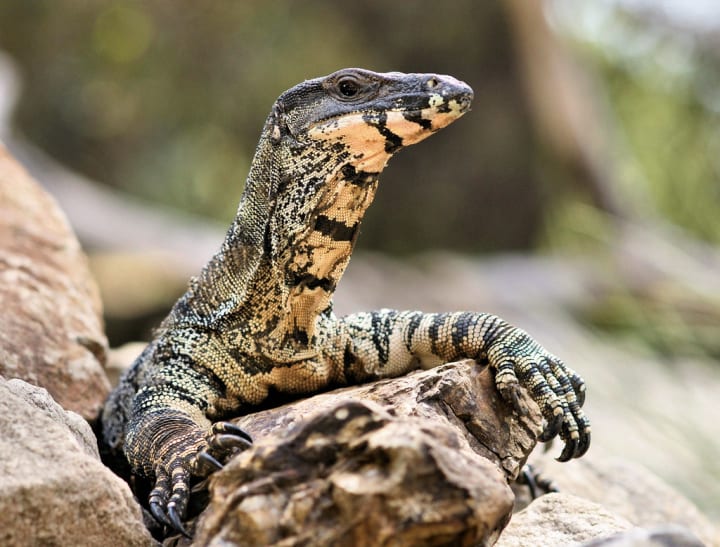
Lace Monitors are members of the monitor family that is native to eastern Australia. These lizards also range from Cape Bedford on the Cape York Peninsula to south-eastern South Australia. They're large lizards and make their homes in both dry tropical forests and cool temperate forests. They're great climbers. Their diet consists of insects, reptiles, small mammals, birds, and bird eggs. They'll also feed on carrion.

Marine Iguanas are a species of iguana found only on the Galapagos Islands. These lizards forage in the sea for algae which makes up most of their diet. They're able to dive for their food sources. These lizards make their home on rocky shores in the intertidal zone as well as marshes, mangrove swamps, and beaches. Smaller iguanas will feed on algae on rocks in the tidal area.
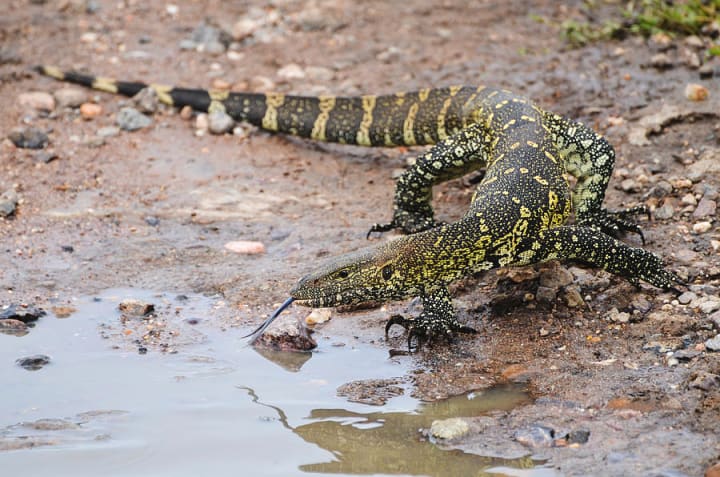
Nile Monitors are large, voracious predators that are found in the waters of Africa. Their diet consists of fish, amphibians, small mammals, and birds. These lizards are semi-aquatic and are great swimmers. They can climb trees in search of food.
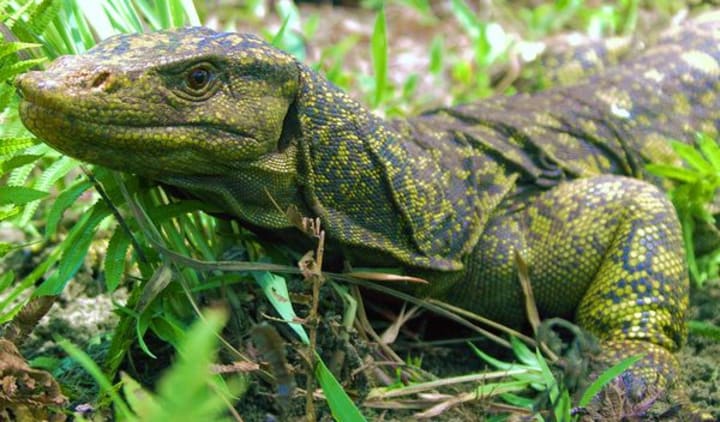
Northern Sierra Madre Forest Monitors are large, arboreal, frugivorous lizards. Their home is in the Sierra Madre Forest on the northeastern coast of the island of Luzon in the Philippines. Their diet consists of the fruit of the Pandan palm trees and they spend most of their time in trees.
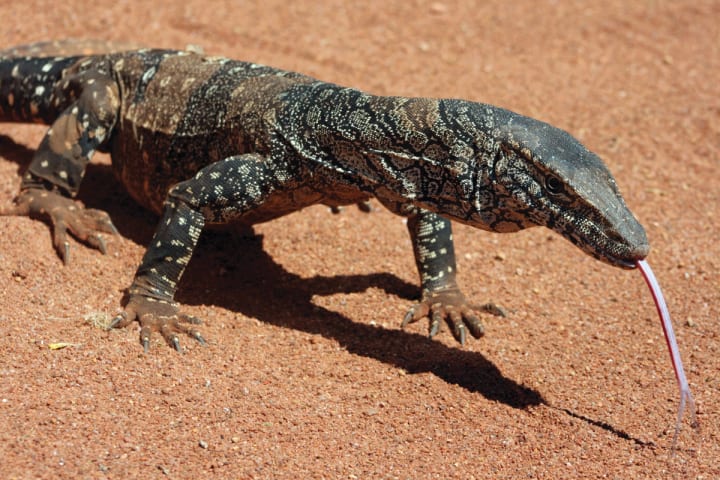
Perenties are the largest monitor lizards native to Australia. They live west of the Great Dividing Range in the arid areas of Australia. They're diggers and live in burrows. Their long claws let them climb trees. They're carnivores and their diet consists of insects, lizards, fish, birds, turtle eggs, small animals like rabbits and rats, and carrion.
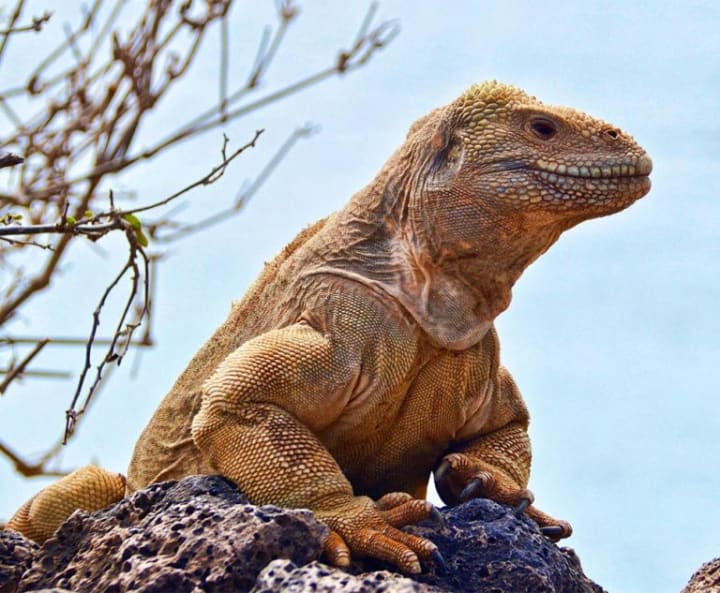
Santa Fe Land Iguanas are a species of lizard that is endemic to Santa Fe Island in the Galapagos. These are cold-blooded lizards that sun themselves on volcanic rocks and sleep in burrows at night. They have a symbiotic relationship with the finches on the island. These birds remove parasites and ticks from the iguanas. The lizards are herbivorous and feed on insects, centipedes, and carrion.
About the Creator
Rasma Raisters
My passions are writing and creating poetry. I write for several sites online and have four themed blogs on Wordpress. Please follow me on Twitter.






Comments
There are no comments for this story
Be the first to respond and start the conversation.